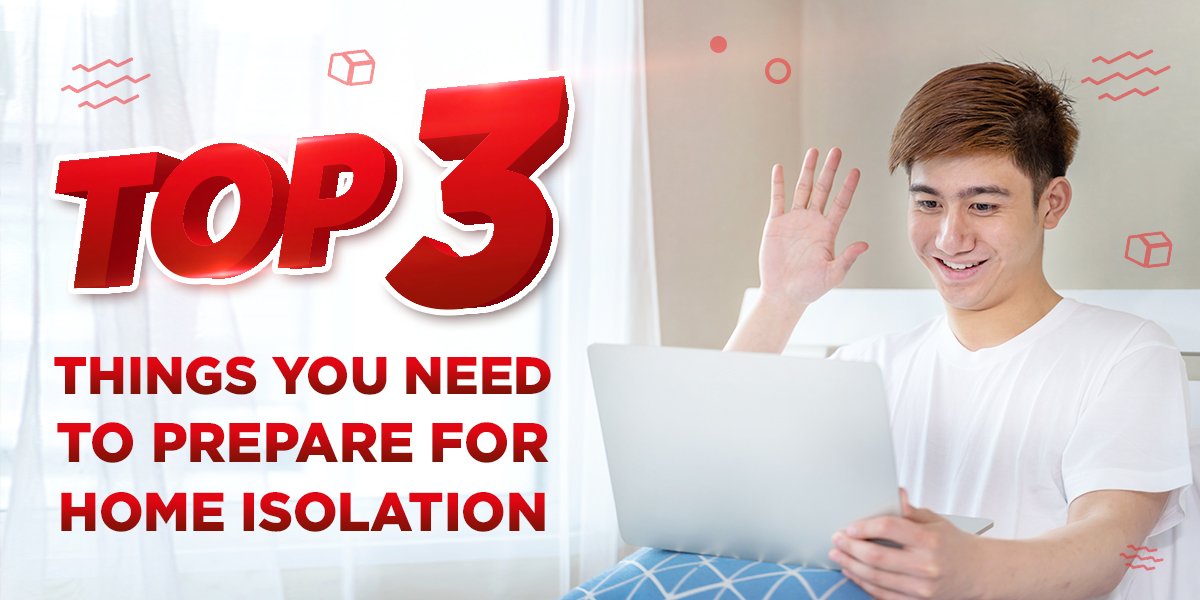
If there’s one thing that the pandemic has taught us, is that we need to be more hygienic in our everyday life - and that includes keeping our homes clean and sanitized. Now, more than ever, we realize that a clean home is also a safe and healthy home. So what do we need to do once the virus has already invaded our homes through a family member or housemate who has contacted the virus?
Studies have shown that the virus can survive on surfaces from hours to even days. And while the chances of getting the virus through surfaces is considerably low - you never want to risk that chance especially if you have young kids or immuno-compromised people in your household.
But no need to worry - just follow these simple and effective steps to eliminate the virus from spreading inside your home.

1. Clean thoroughly using a disinfectant solution
After isolation, the first thing you need to do is to clean the “sick room” using a recommended disinfectant to effectively kill the virus which may still linger around the room. In some products, you may need to dilute it in water and place in a container like a pail or spray bottle before using. Read the instructions on the product’s label to ensure you are using it properly and in the right quantity. If you are cleaning the room in behalf of the infected (after they have tested negative or completed isolation ofcourse), make sure to wear a mask, gloves, and personal protective equipment if possible. Open the windows for proper ventilation. And don’t forget to place all trash in a separate plastic bag and throw straight to your main garbage bin.

2. Disinfect high touch surfaces
Aside from cleaning the usual areas such as floors, walls, furniture and appliances, you need to thoroughly disinfect high touch surfaces which include:
- Door knobs
- Light switches
- Faucets
- Shower knob
- Toilet flush
- Remote control
- Appliance power and control buttons
Using the disinfectant, spray directly or wipe with a wet cloth to sanitize these surfaces which the patient may have touched with his or her bare hands and may still have traces of the virus.
Latest studies show that the Omicron variant can survive on plastic for 193.5 hours (or 8 days) and 21.1 hours on human skin.

3. Wash clothes, linen, and curtains with warm water
After you have cleaned the room and sanitized high touch surfaces, it’s time to replace and wash any cloth-based items the patient may have used. This includes clothing, bedsheets and pillow cases, towels, and even curtains which may have been infected with the virus through coughing or sneezing.
When washing, make sure to separate these items from the rest of the household’s clothing. Avoid shaking off the items to minimize dispersing the virus in the air. Use the warmest water that you can possibly use. Finally, pop these in the dryer or hang under the sun if possible to dry completely.
Don’t forget to wash your hands thoroughly with soap and water and dispose your personal protective equipment properly once done.
Sources:
https://covid-101.org/science/how-should-i-clean-my-house-after-recovering-from-covid/





